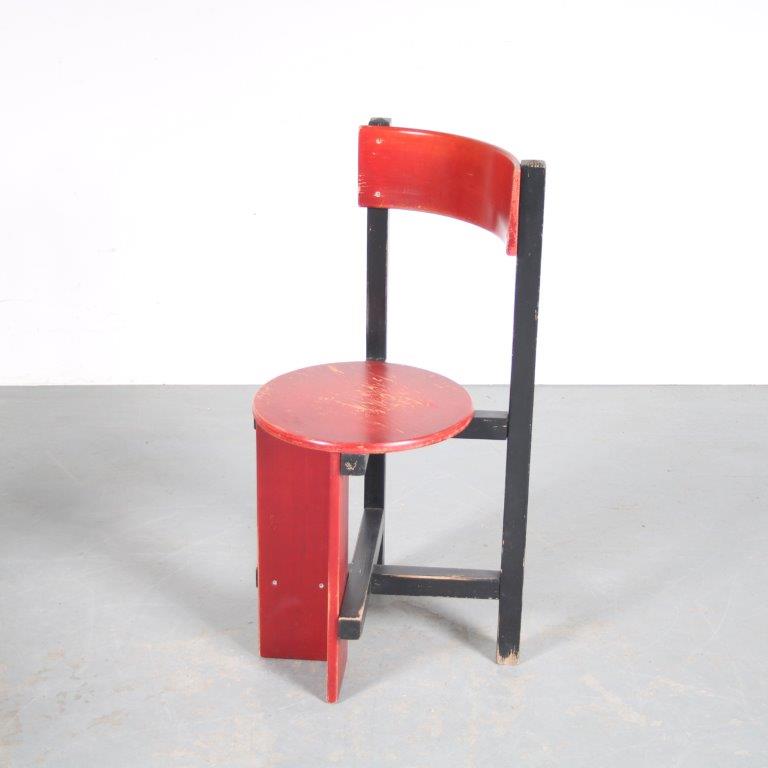Dutch Modernism is a movement in architecture and design emerged in the early 20th century. It had a significant impact on the visual landscape of the Netherlands. From the stunning buildings of the Amsterdamse School to the emphasis on traditional craftsmanship in the Bossche School. Dutch Modernism was a vibrant and dynamic movement that embraced a range of styles and approaches.




The Bossche School: A Focus on Craftsmanship
The Bossche School was a movement that emerged in the 1910s and 1920s. It centered around the Dutch city of ‘s-Hertogenbosch. This movement was known for its emphasis on craftsmanship and traditional techniques. Also, it focused on incorporating regional materials and styles into modern designs. Iconic architect and designer Dom Hans van der Laan is considered the founder of this movement. You can read more about his work in our earlier blog post!



The Amsterdamse School: Embracing Expressionism
The Amsterdamse School, on the other hand, was a movement that emerged in the early 20th century in Amsterdam. This movement was characterized by its embrace of expressionism and a departure from traditional architectural forms. Key features of Amsterdamse School buildings include asymmetrical facades, rounded shapes, and decorative elements such as ornate brickwork and stained glass. Architects associated with the Amsterdamse School include Michel de Klerk and Piet Kramer.




Gerrit Rietveld: A Pioneer of Modern Furniture Design
One of the most significant figures in Dutch Modernism is Gerrit Rietveld, a designer and architect who played a key role in the De Stijl movement. Rietveld was known for his minimalist approach to design. Consequently emphasizing on simple shapes and primary colors. For example, his most famous work is likely the Red and Blue Chair.This was designed in 1917 and is now considered an icon of modern furniture design.



Willem Dijsselhof: A Multitalented Designer
Another important figure in Dutch Modernism is Willem Dijsselhof, who worked across a range of mediums including furniture design. Dijsselhof was a key member of the Arts and Crafts movement in the Netherlands, which emphasized the importance of handmade goods and traditional craftsmanship. His work is characterized by its intricate patterns and attention to detail.




In conclusion, Dutch Modernism is a fascinating movement that encompasses a range of styles and approaches to design. From the emphasis on craftsmanship in the Bossche School to the expressionist forms of the Amsterdamse School, this movement has had a lasting impact on Dutch architecture and design. The work of designers such as Gerrit Rietveld and Willem Dijsselhof continue to inspire and influence modern designers today.
Interested in acquiring one of these iconic pieces? You can find them here, at our “Art Deco & Dutch Modernism” page!
